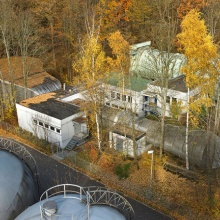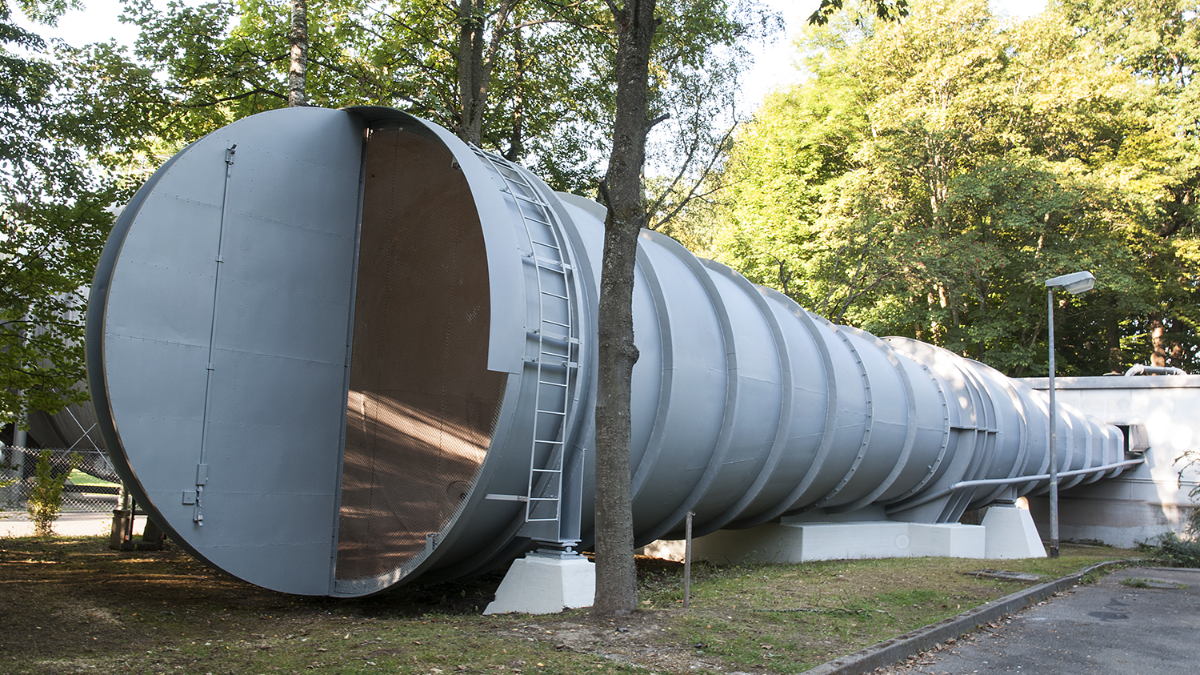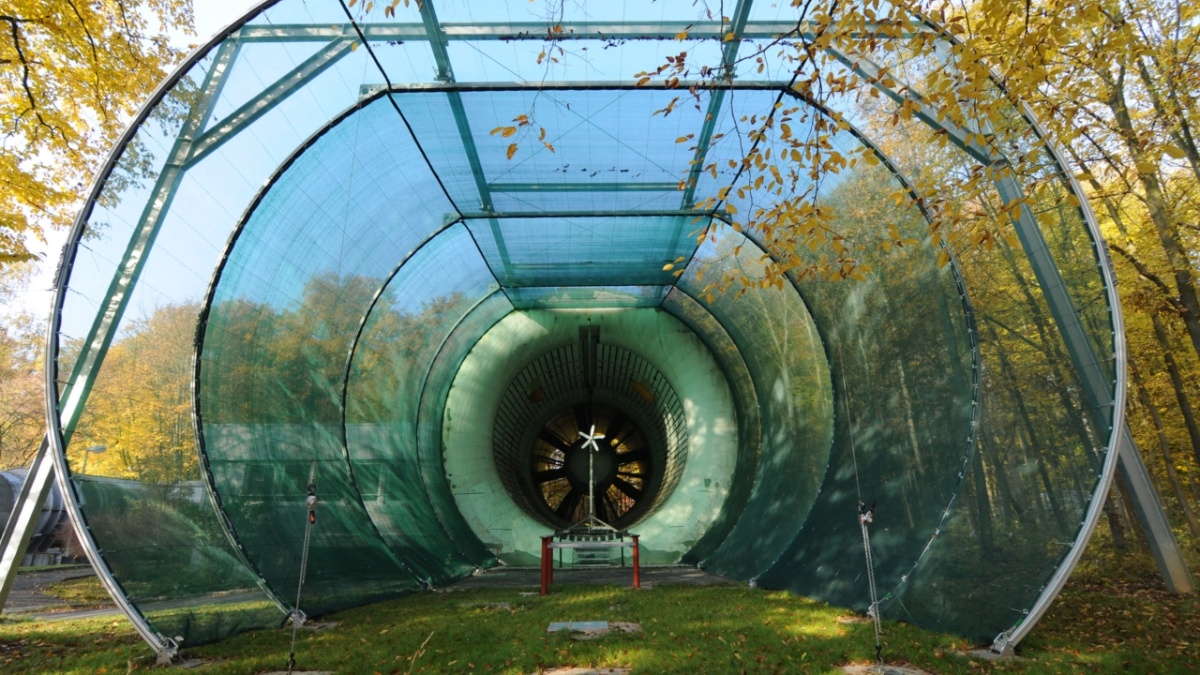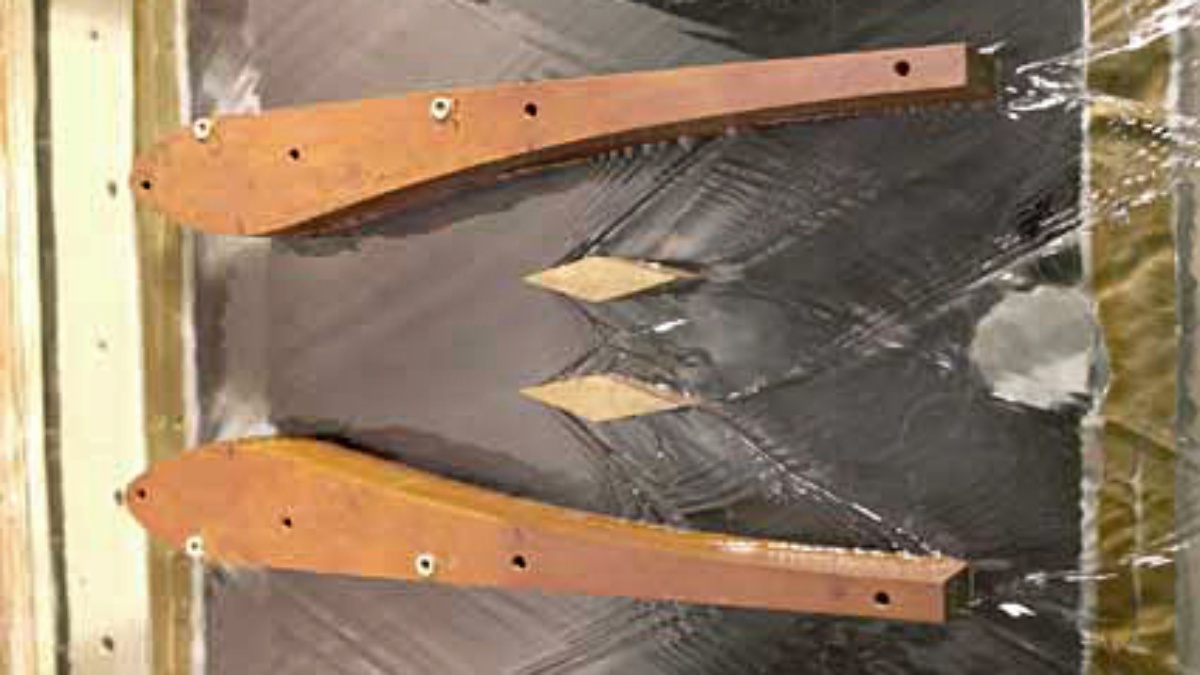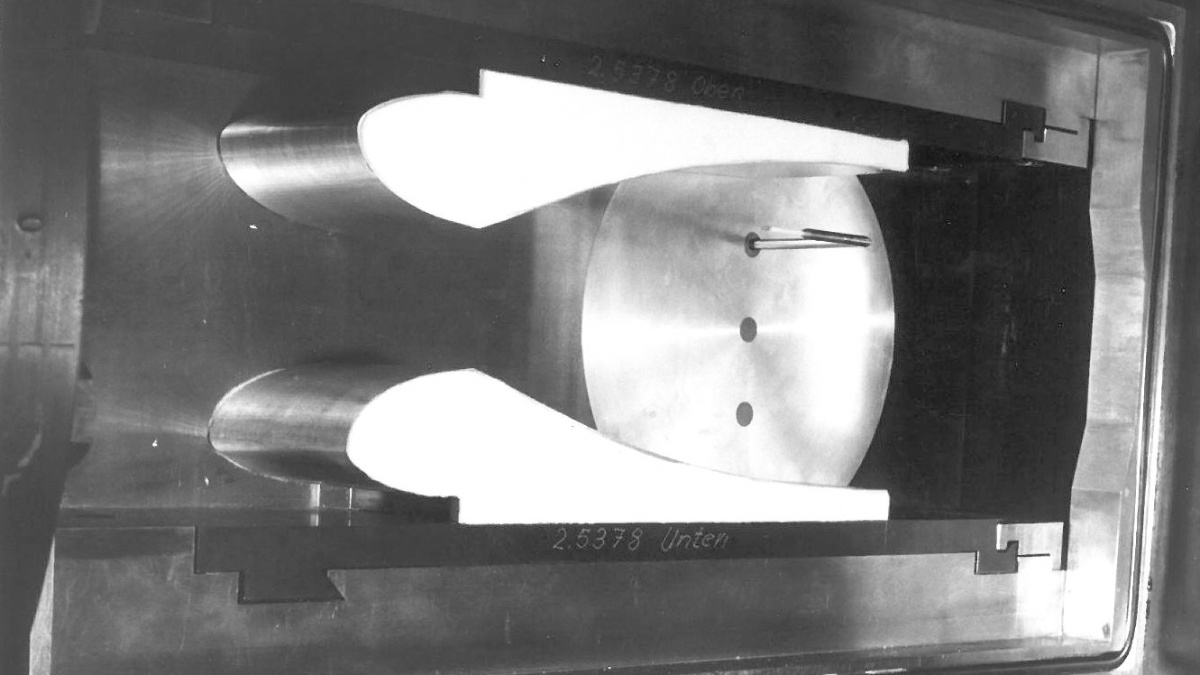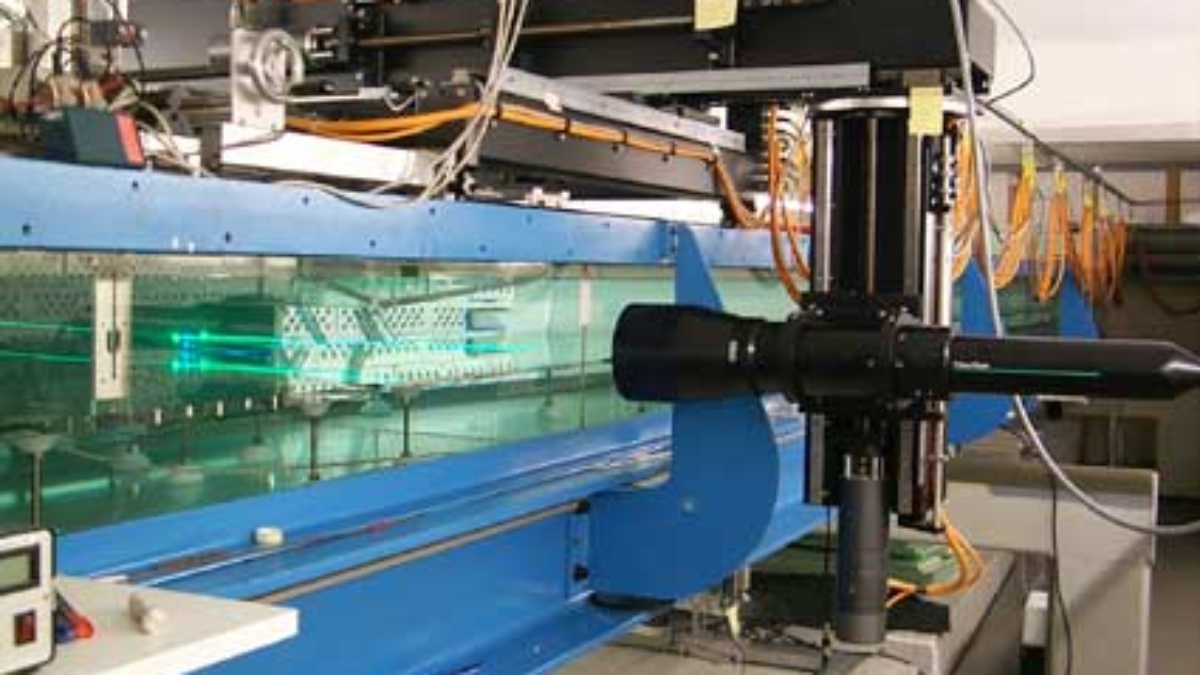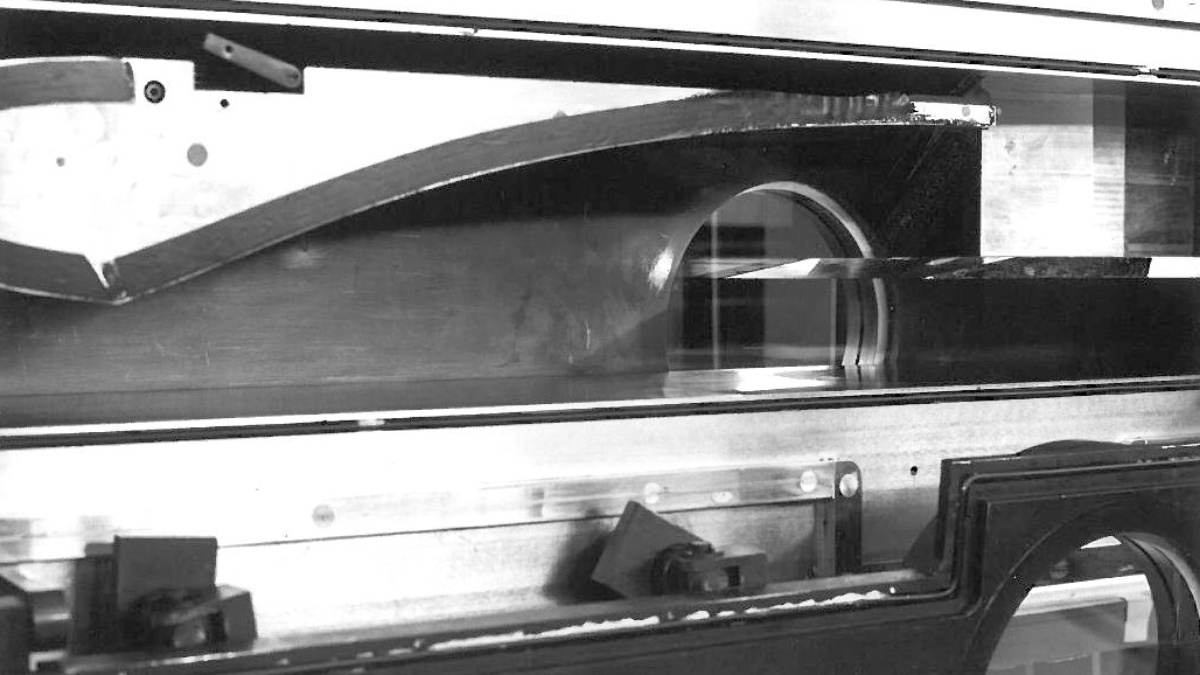Aeroacoustics
An important field of research is the numerical and experimental work on aeroacoustics at the IAG. The objectives are the localization of flow-induced sound sources, the calculation of sound propagation using integral methods and the development of measures for noise reduction. The main fields of application are the noise generated by blade-vortex interference at the helicopter rotor, the rear edge noise generated by interaction of the turbulent boundary layer with the profile contour at the wings of aircraft and wind turbines, as well as the stochastic noise emanating from fans, blowers, and so on. Currently, the first preliminary work for the overhaul of the laminar wind tunnel is in progress with the aim of being able to carry out simultaneous acoustic measurements of high quality in this aerodynamically high-quality tunnel. With the CPV hot-wire method, a novel measuring technology for the determination of sound radiation is under development.
Rotor Aerodynamics
The work focuses on the further development of numerical methods for simulating the highly complex flow on helicopters. In addition to the flow around the main rotor, in which the dynamic deformations of the rotor blades and, more recently, the flap systems for individual blade control are also considered, the interferences between rotor, cell and tail rotor are of particular interest. The know-how acquired there is used on the one hand for the development of an own rotor drone and on the other hand for general rotary flows, e.g. in blowers, ventilators and so on.. Within the scope of process development, work is currently underway to extend discontinuous Galerkin processes to frictional flows.
Research on boundary layers
In the field of fundamental research, Direct Numerical Simulation (DNS) and Linear Stability Theory (LST) are used to investigate laminar-turbulent flow transition in wall-bounded boundary layers. With a better understanding of the underlying transition mechanisms, methods for flow control will be developed to delay the onset of turbulence and thus reduce aerodynamic resistance and heat transfer.
The numerical work is supported by experimental investigations in the institute's own laminar wind tunnel (LWK), which has an excellent flow quality. In addition, interactions between the boundary layer and shock waves, such as those occurring in the inlet area of air-breathing engines in supersonic flows, are investigated.
Aircraft Aerodynamics
The main focus of the working group aircraft aerodynamics is the CFD-based analysis of complex flow phenomena on aircraft, including the study of massively detached flows as well as the control of detachments and shock waves by passive and active control measures.
Numerical fluid mechanics
The research focus of Prof. Munz's research group is the development of high-precision numerical methods, their implementation and optimization for supercomputers as well as their application to interesting questions from research and industry. The research group works interdisciplinarily on the conception and further development of simulation tools and combines competences from numerical mathematics, engineering sciences and high performance computing as well as software development. The focus is currently on the further development of high-order methods, especially discontinuous Galerkin methods, with applications in fluid mechanics, aeroacoustics, plasma physics and multiphase flows.
Wind energy
Recently, work has intensified on the optimization of low-noise profiles for wind turbines and the development of improved forecasting methods. The work is experimentally supported by investigations in the wind tunnels of the institute.
Environmental Aerodynamics
Currently, the velocity field over a complex topography is measured experimentally in the Boundary-Layer Tunnel of the IAG.
This is a landscape model of the Alb ascension near Schnittlingen (Donzdorf, district Göppingen) on a scale of 1:400.
Here you can find the experimental test facilities of the institute:
Test facilities of the Institute of Aerodynamics and Gas Dynamics


